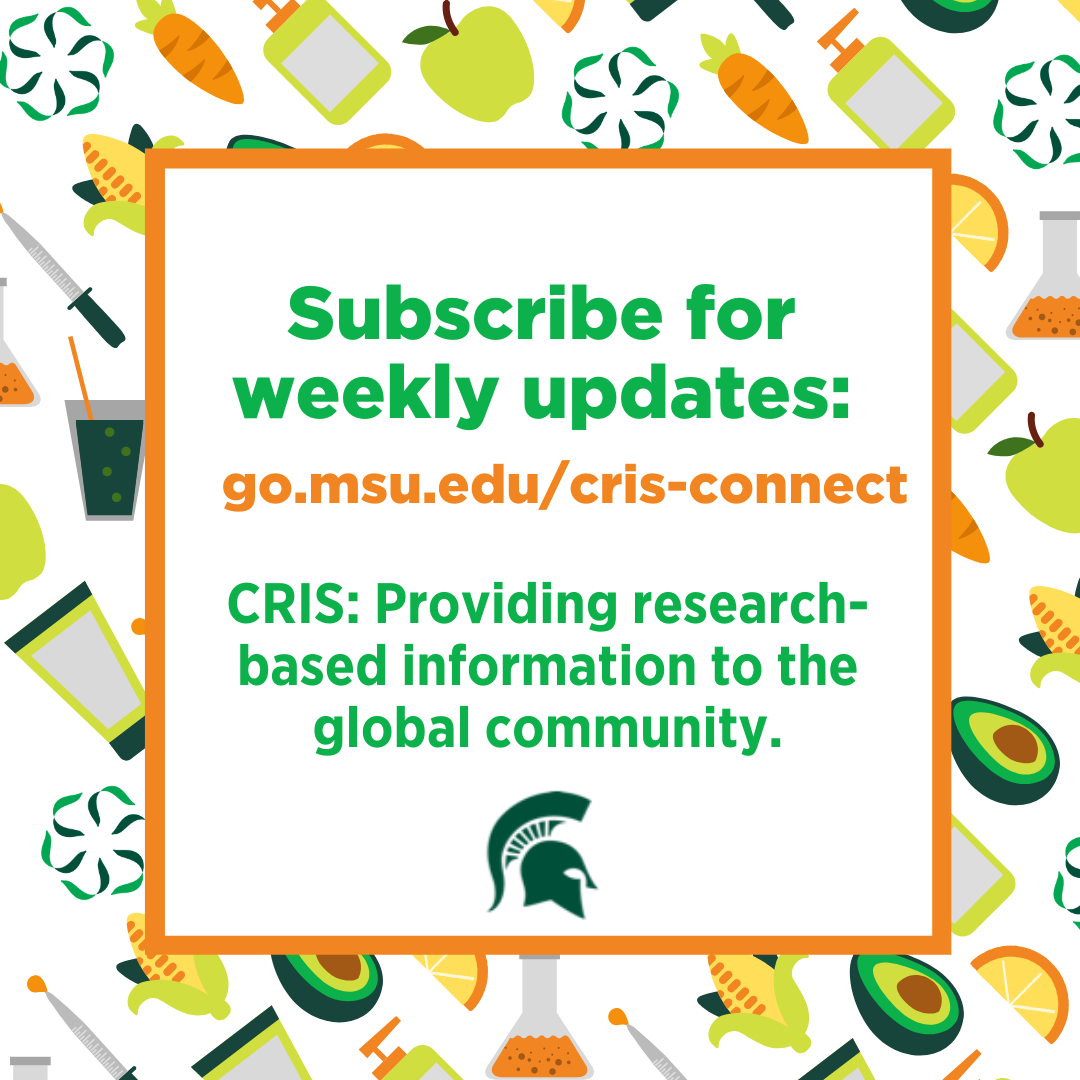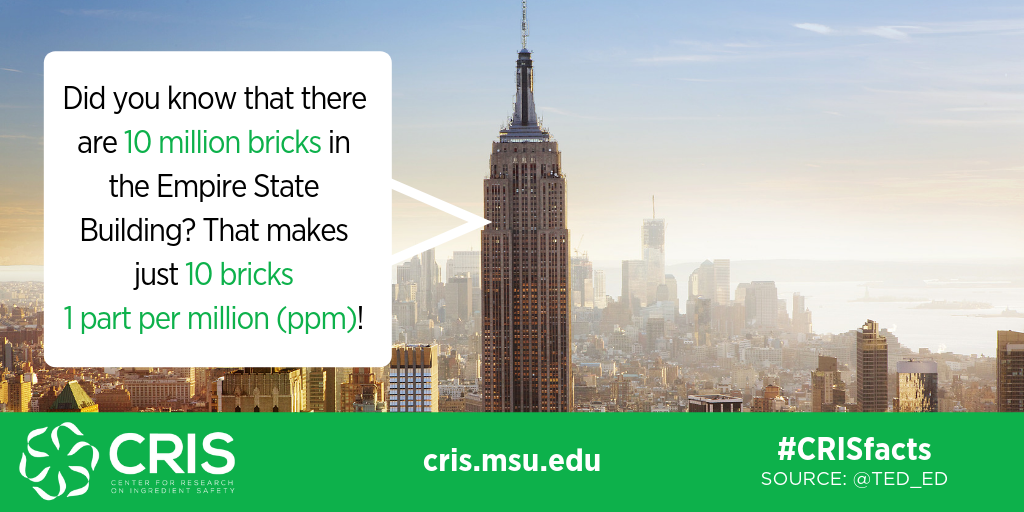Thresholds – Trace Contaminate And Residue Regulations In Packaging
In this post, we look at trace contaminates and residue that may be found in packaging and how they’re regulated for safety in the USA.

What is a trace contaminant and residue?
As we’ve discussed in prior posts, trace contaminants or residues are incredibly small particles, chemicals, or microorganisms that can make their way into our food system. These particles or microorganisms can include anything from bacteria to pesticides to minerals found in or on consumables like food and water.
anything from bacteria to pesticides to minerals found in or on consumables like food and water.
What does packaging do?
Storing and transporting food is required to get foods and beverages from the farm or the source to our tables. There are numerous points in our distribution system where food and ingredients are stored, processed, packaged, transported, and then make their way to our plates.
All of the containers, packaging, and storage points require food- and beverage-contact-safe containers and packaging to follow regulations as well as safety protocols outlined in Current Good Manufacturing Practices (CGMP). These protocols ensure our products remain safe for consumption.
Who regulates packaging and storage containers?
The U.S. Food and Drug Administration (FDA) provides guidance on the materials allowed to come into contact with food and beverages, and manufacturers must meet or exceed these guidelines (1,2,3).
What types of packaging materials are commonly used?
There are numerous types of food-contact-safe packaging materials, products, and processes. Manufacturers commonly make packaging from plastics, cardboard, glass, metals, wood, and a combination of recycled materials.
It’s important to note that packaging may only be one of the numerous techniques to preserve food and beverage quality.
How can packaging prevent contamination?
Packaging keeps our foods from coming in contact with substances and pathogens that could potentially cause us harm or cause our foods to prematurely spoil.
Manufacturers use many techniques to preserve food quality, from safe transportation to the final packaged product that we purchase and then consume.
For example, after a manufacturer safely transports ingredients to a facility, they can create a food product that then needs packaging before heading to a supermarket. To keep the product safe and fresh, the manufacturer may add an antimicrobial additive to the plastic packaging to ensure the food doesn’t become contaminated with bacteria on its way to the supermarket and our eventual plate (1).
Does the packaging itself contaminate or leave trace residues on foods and ingredients? What about recycled materials?
Manufacturers must consider the material’s safety when designing the packaging for specific products.
Recycled materials, for example, require a manufacturer to consider the material’s origin and original use prior to the recycling process before they can use the material in food packaging. If a prior use contaminated the material, it’s no longer food-safe and cannot be used to create food-safe packaging.
Guidelines prevent manufacturers from using unsafe materials that can leach harmful chemicals or have excessive residues that can cause harm. While there can be small amounts of residue found on and in packaging, like with other types of potential contaminants and trace residues, the FDA provides toxicological guidance to ensure the packaging remains food and beverage safe.
Do regulators use thresholds to determine safe levels?
Thresholds are critical elements of the risk assessment process.
The risk assessment process involves regulatory agencies, including the U.S. Food and Drug Administration, U.S. Environmental Protection Agency, Consumer Product Safety Commission, and more, to use thresholds and other data to generate safe levels of compounds we may contact regularly.
The agencies use different terms to describe these numbers, but their core purpose is to prevent harmful levels from entering our daily life.
These terms can include:
- Acceptable Daily Intake
- Reference Dose
- Minimal Risk Levels
- Permissible Exposure Levels
- Threshold Limit Values
- Recommended Exposure Levels
- Health Advisories
How to ensure the safety of food packaging residues?
Similar to pesticide residue, researchers assess the safety of food packaging residues by evaluating the ingredient’s toxicological profile and its level found in the food that’s measured in parts per million (ppm) or parts per billion (ppb).
A part per million is a tiny measurement representing one part in a whole entity of one million parts. For example, there are more than 10 million bricks in the Empire State building, that means 10 bricks is 1 part per million (ppm).
Ted Ed put together a fantastic video helping to explain parts per million.
When we talk about parts per billion (ppb) or parts per trillion (ppt), it’s an even smaller number. While billion or trillion sounds like it would be a larger quantity, it’s a much small quantity by a much larger magnitude.
For example:
1 ppm = 0.000001 of 1
1 ppb = 0.000000001 of 1
1 ppt = 0.000000000001 of 1
The good news.
Regulators use robust data to determine safe levels for the materials that come into contact with our foods, beverages, and other products. As science advances, regulators will continue to refine threshold data to maintain safety.
If you have any questions about foods and ingredients, please reach out to us on Twitter, send us an email, or submit your idea to us at go.msu.edu/cris-idea.



 Print
Print Email
Email





